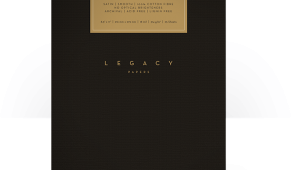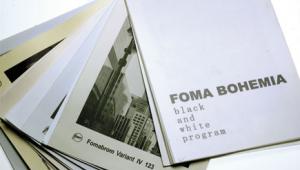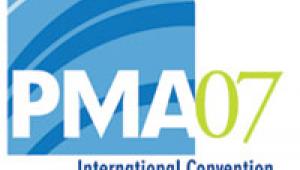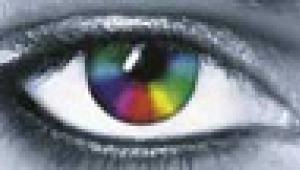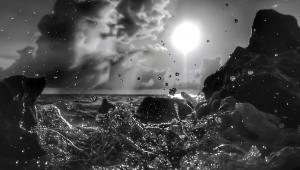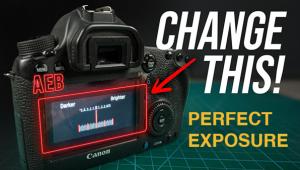Film & Paper; New Life For Silver-Based Materials…And Inkjet Materials, Too
Let’s be honest. One thing no one would have expected at photokina was a unique new black-and-white silver halide process. But that’s what we got. Well, not exactly brand new. It’s a revival of a technology that hasn’t been seen in decades, quite possibly not in the lifetime of many of our readers: direct reversal paper.
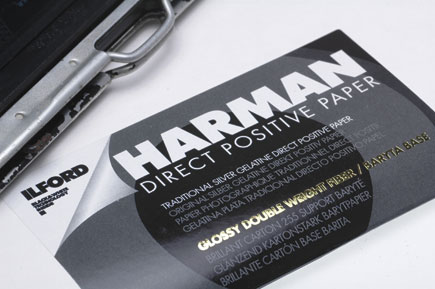 |
|
|
It’s Harman Direct Positive paper from Ilford, and it does what it says on the packet. Load the ortho-sensitized material into your large format camera as if it were film (around film ISO 3-6, depending on processing); expose it; process it; and you get a positive print. It is a single unique image (though you can if you wish scan it) and, like a daguerreotype or a tintype, it is reversed left-for-right. The image can be toned, and although Ilford seems to regard it principally as a tool for students, our belief is that it will also acquire a substantial fine art following because of the uniqueness of each image: the classic Precious Object theory of art. We have a packet and will be testing it.
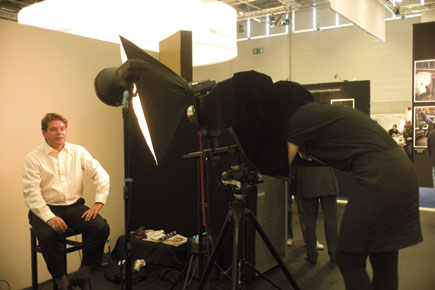 |
|
|
 |
|
|
It’s sold as Harman because it’s surprisingly expensive to make, and is therefore only sold direct: there’s just not enough margin to go through the usual Ilford dealers.
And, of course, the Ilford name is also shared by the former Swiss arm of the company, which makes inkjet papers, including a truly incredible deformable base material that can be used for true 3D photography, vacuum formed in relief like those maps you sometimes see at battlefield parks and the like: Ilfovinyl 3D. The cost of a vacuum mold is such that this is likely to be used only for advertising campaigns and other applications where multiple copies are needed, but it’s fascinating stuff.
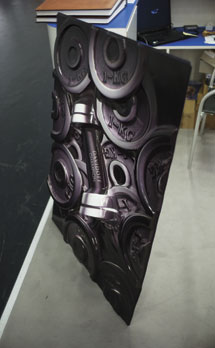 |
|
|
To return to silver halide, though, there’s a new film from Kodak, too, Portra 400. It replaces Portra 400NC and VC, but not for the reasons the pessimists immediately assume. When NC and VC were introduced, a great deal of color film printing was still “wet,” and the different characteristics of the two films were important. Today, the vast majority of film is scanned, even if it is subsequently wet printed in a minilab, and the new Portra is therefore optimized for scanning: contrast and saturation can be adjusted in postproduction. The new film also uses ingenious two-stage sensitizing dyes, christened “antenna” dyes by Kodak. These allow finer grain at a given speed, or higher speed for a given grain: this is advertised as the finest-grained ISO 400 color film on the market.
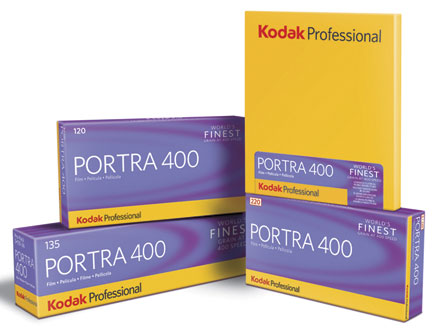 |
|
|
- Log in or register to post comments
